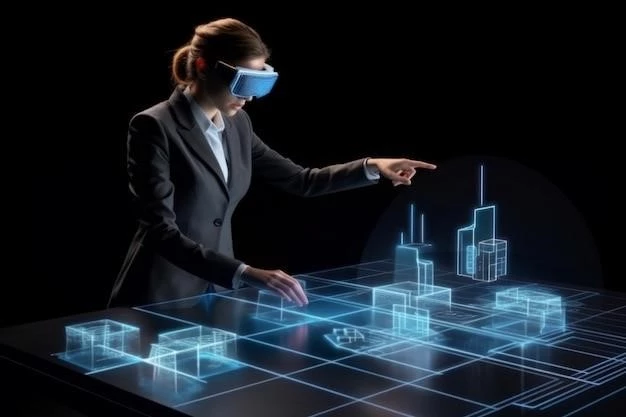The human experience of reality is not a direct reflection of the world around us‚ but rather‚ a carefully constructed model‚ pieced together by the brain using both incoming sensory information and pre-existing knowledge․ This understanding forms the foundation of a powerful framework in cognitive science known as predictive processing․
The Basic Tenets of Predictive Processing
Predictive processing proposes that the brain is not a passive recipient of sensory information but an active prediction machine․ It continuously generates models of the world‚ predicting the causes of incoming sensory signals․ These predictions are then compared to the actual sensory input․ Any discrepancies between the two‚ termed prediction errors‚ are used to update and refine the internal model․
Here’s a simple example: Imagine you are walking through a forest and see a flash of green․ Your brain‚ based on past experiences and contextual cues‚ might predict that you’ve seen a snake․ This prediction is then compared with the incoming sensory information․ If the details match your prediction (shape‚ movement)‚ the experience is seamlessly integrated into your existing model․ However‚ if the details contradict your prediction (e․g․‚ it’s just a leaf)‚ your brain generates a prediction error․ This error signal is then used to revise the initial prediction‚ leading you to perceive the object as a leaf․
Hierarchical Predictive Coding
Predictive processing models often employ a hierarchical structure․ This means that predictions are generated at multiple levels of processing‚ from simple features like edges and colors at lower levels to complex objects and events at higher levels․ Each level attempts to predict the activity of the level below it‚ with prediction errors propagating upwards to adjust higher-level representations․

The Bayesian Brain Hypothesis
Predictive processing is closely aligned with the Bayesian brain hypothesis‚ which suggests that the brain uses Bayesian inference to update its internal models․ In this context‚ prior beliefs (existing knowledge) are combined with incoming sensory evidence (likelihood) to arrive at the most probable explanation (posterior belief) of the sensory input․
Implications for Perception‚ Action‚ and Cognition
Predictive processing offers a unifying framework for understanding a wide range of cognitive functions:
1․ Perception
Perception‚ from this perspective‚ is not simply a feedforward process of sensory information flowing into the brain․ Instead‚ it becomes an active process of hypothesis testing‚ where the brain continuously makes predictions about the causes of sensory signals and updates its beliefs based on the incoming evidence․
2․ Action
Action‚ too‚ can be understood within the predictive processing framework․ Motor commands are viewed as predictions about the sensory consequences of movement․ The brain compares these predictions with the actual sensory feedback received during movement‚ and any discrepancies are used to adjust motor output‚ leading to smoother and more coordinated actions․
3․ Learning and Attention
Learning‚ under this framework‚ can be viewed as the process of minimizing prediction errors․ By continuously updating its internal models to reduce discrepancies between predictions and sensory input‚ the brain learns to better anticipate and interact with its environment․ Attention‚ in turn‚ can be seen as a mechanism for weighting prediction errors‚ focusing processing resources on those aspects of the environment that generate the most significant deviations from expectations․
Empirical Evidence and Ongoing Research
A growing body of empirical evidence supports the predictive processing framework․ Studies using various neuroimaging techniques have shown that the brain exhibits predictive activity in a wide range of tasks‚ from visual perception to language processing․ However‚ several questions remain open‚ including:
- How exactly are prediction errors encoded and used by the brain?
- What are the neural mechanisms underlying the hierarchical organization of predictive models?
- How does predictive processing interact with other cognitive processes‚ such as memory and emotion?

Conclusion
Predictive processing‚ though still under development‚ offers a compelling and elegant framework for understanding how the brain constructs our reality․ By emphasizing the active and generative nature of perception‚ action‚ and cognition‚ it provides valuable insights into the fundamental principles of brain function․ As research in this field progresses‚ we can expect to gain a deeper understanding of the complex interplay between prediction‚ perception‚ and the human experience of the world․










